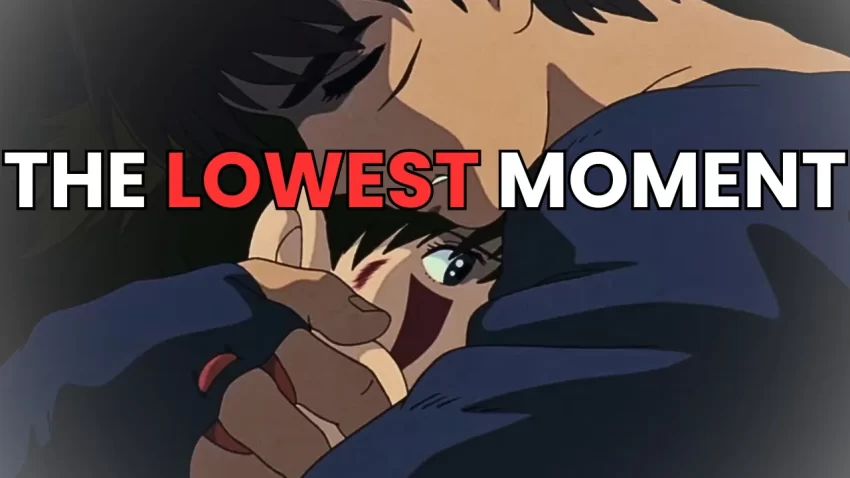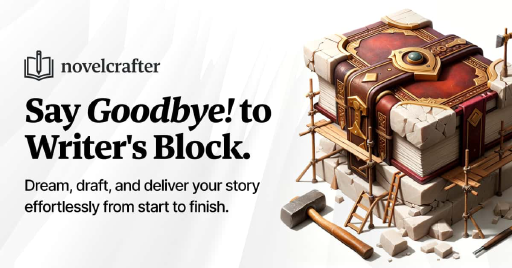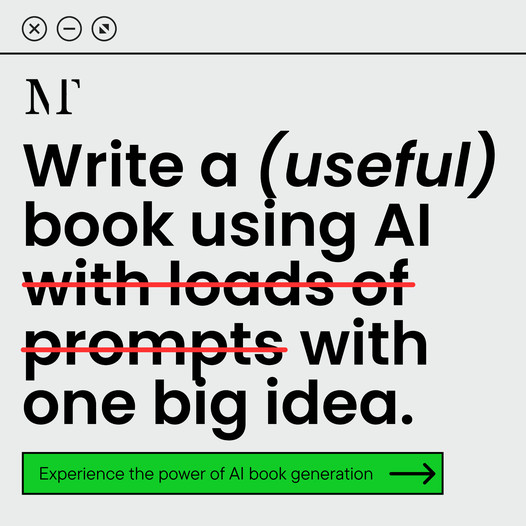TL;DR
The concept of “change” is fundamental in storytelling, as it represents characters confronting their lowest points, leading to profound transformations. This post explores how these moments, often referred to as the “lowest point,” catalyze character arcs and emotional connections, and examines examples from various narratives that illustrate this crucial aspect of storytelling.
The Importance of Change in Storytelling
The idea of change is a common thread that weaves through the fabric of storytelling. Renowned thinkers and writers have long emphasized its significance. For instance, Frank Herbert’s famous quote from the film adaptation of Dune, “The sleeper must awaken,” resonates with the transformative journeys characters undergo in narratives. Similarly, Thomas Fuller’s phrase, “The darkest hour is just before dawn,” encapsulates the notion that following hardship, there is hope for renewal. This theme is prevalent in literature and film, demonstrating that change is an inevitable part of the human experience.
Character Arcs and the Hero’s Journey
One of the most recognized frameworks in storytelling is the Hero’s Journey, which outlines the maturation process of a character. This archetype highlights a character leaving their familiar world and returning transformed, embodying the essence of change. Other narrative structures, such as the Save the Cat plot outline or Freytag’s Pyramid, share similar themes but may not explicitly focus on the metamorphosis a character undergoes. The key moment in these structures is often the character’s lowest point—the vital juncture where change occurs.
The Lowest Point: A Catalyst for Change
The lowest point in a narrative is arguably the most critical moment in a character’s journey. This is the moment when characters confront their vulnerabilities and face significant challenges. For example, in George R. R. Martin’s “A Song of Ice and Fire,” Jaime Lannister’s lowest point occurs when he loses his sword hand. This defining moment catalyzes his redemption arc, illustrating how such trials can lead to profound change.
Empathy and Audience Connection
Understanding a character’s lowest point allows audiences to empathize with their struggles. This emotional connection is crucial for storytelling, as it fosters investment in the character’s journey. In “Princess Mononoke,” both Lady Eboshi and San face low points that force them to confront their actions and beliefs. Their transformations resonate with the audience, creating a satisfying narrative payoff.
Defining Moments in Character Arcs
Character arcs are not merely about the outcome of a journey but also about the pivotal stopping points along the way. The lowest point serves as a testing ground where characters must make pivotal decisions that define their arcs. This friction can manifest in various ways, such as moral dilemmas or existential crises. For instance, Ellie in “The Last of Us Part II” faces a significant moral choice that shapes her character, highlighting the complexity of change.
Exploring the Darkest Hour and Despair Event Horizon
Two significant concepts tied to the lowest point are the “Darkest Hour” and the “Despair Event Horizon.” The Darkest Hour represents a moment of testing, while the Despair Event Horizon signifies an utter loss of hope. These moments are crucial in storytelling as they highlight how characters respond to adversity. In “The Lord of the Rings,” the Fellowship faces their darkest hour when Gandalf falls, compelling them to rally and continue their quest despite overwhelming odds.
Creating Emotional Investment
The emotional resonance of the lowest point lies in its ability to elicit empathy from the audience. This raw vulnerability invites viewers to feel the character’s pain, creating a deep emotional bond. Understanding the character’s struggle, whether through loss, betrayal, or moral quandaries, enhances the narrative’s impact. This emotional engagement is what makes stories compelling and relatable.
Gradual vs. Singular Lowest Points
While many stories depict the lowest point as a singular event, it can also unfold gradually. In “Breaking Bad,” Walter White’s descent into darkness is marked by a series of accumulated losses rather than one dramatic moment. This gradual decline mirrors real-life struggles, emphasizing that emotional challenges often arise over time.
The Impact on Secondary Characters
The lowest point doesn’t only affect the protagonist; it often reverberates through secondary characters, enriching the narrative. These moments can deepen the plot by exploring how other characters respond to the protagonist’s challenges, creating a more interconnected story. This dynamic can enhance the audience’s understanding of the overall narrative and its themes.
 What Poetry Feels Like
What Poetry Feels LikeReflection and Redemption
Ultimately, the lowest point serves as a moment of reflection for both the character and the audience. It provides an opportunity for catharsis and growth. Characters who emerge from their lowest points often do so with newfound wisdom or understanding, allowing for a satisfying resolution to their arcs. This transformation is what keeps audiences engaged and invested in the story.
Conclusion: Embracing the Complexity of Change
Change is a fundamental aspect of storytelling, and the lowest point serves as a critical juncture in character development. Through this exploration, we see how characters confront their fears, make difficult choices, and ultimately transform. As writers and storytellers, recognizing the importance of these moments can lead to richer narratives that resonate with audiences on a profound level. Whether through the lens of empathy, moral dilemmas, or gradual transformation, embracing the complexity of change is essential for crafting compelling stories that leave a lasting impact.
Original channel: https://www.youtube.com/channel/UC9R_q0yA1n6KpbXtIxcFGtg


 Grab my poetry book, 'we're all just wanderers in the end' Here
Grab my poetry book, 'we're all just wanderers in the end' Here AD: Your Book Finally Written...
AD: Your Book Finally Written...